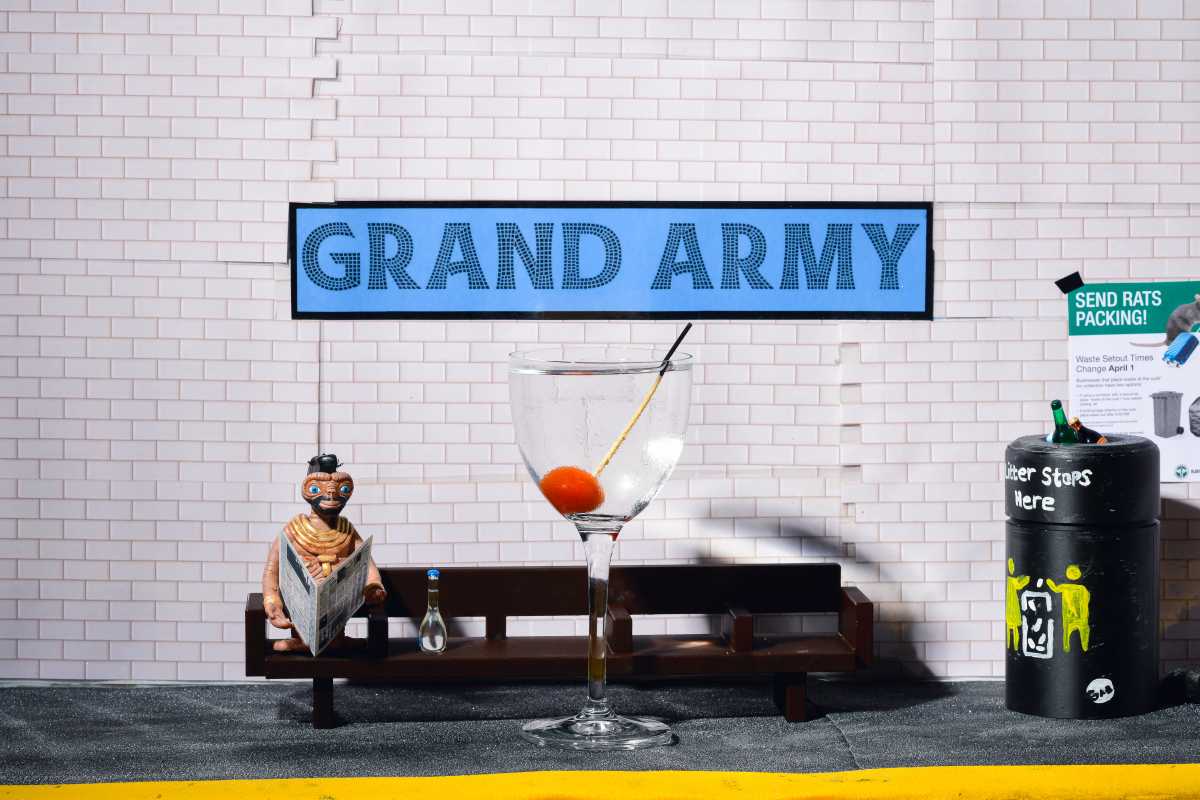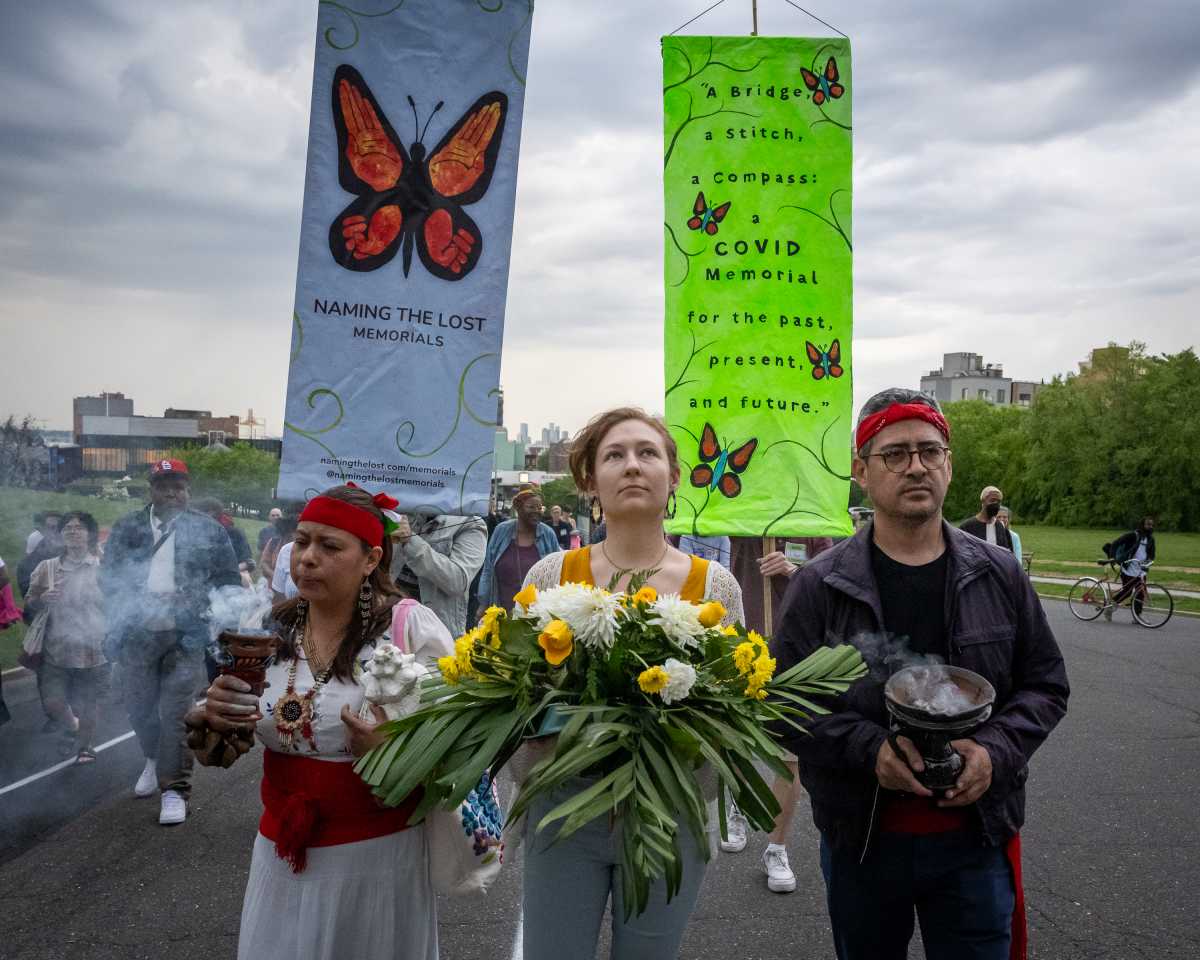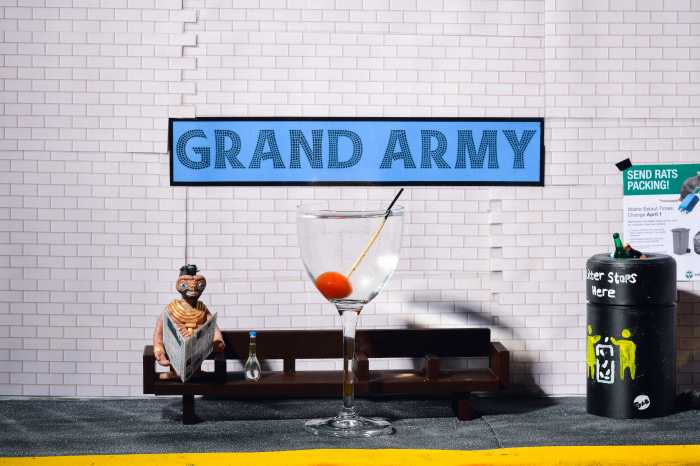
BY SHARON WOOLUMS | Bill Silano, a world-renowned photographer, died April 14 at his home in Bridgehampton, Long Island. He was 80.
Through the 1960s until the mid-’80s, Silano lived and worked at his studio above the Gramercy Arts Theater, at 138 E. 27th St. off Lexington Ave., where he often used the roof as background for shoots.
Silano’s unique vision and dedication propelled him to the heights of the ultra-competitive world of fashion photography at a time when the art of the craft ruled. High-end haute couture would accept no less than the best to portray the styles of the day.
Silano’s innovative 25-year career captured an era. With forward vision balanced by a respect for the past, he adroitly and beautifully reflected the fine artistry and nuance of couture’s carefully crafted methods.
In the early ’70s, though, that gave way to what his brother, George Silano, refers to as the “happy snap.” Hippy clothes, torn jeans and gypsy garb did not require the stark aesthetics of a Silano signature photo.
His innovative use of the wide-angle lens, bold scale, light and color and his desolate landscapes brought a surrealistic edge to fashion photography as art.
His work’s appeal is not just about the image, but the experience that lingers, remembered — and a recognition that the image would become a classic.

“I try to create an emotion on the level of the subconscious,” Silano explained. “Deeply involved in my era, I feel I have implicitly represented the needs and dreams of my contemporaries… . In my images I try to fulfill their need for escape, their desire to go to the moon…to create a more beautiful environment… .”
Silano’s mentor, Alexy Brodovitch, the famed art director of Harper’s Bazaar, said, “When you look through the viewfinder, if you see an image you’ve seen before, don’t take it. Go a step beyond.” This maxim inspired Silano to discover his own creative road less traveled, winning him many Harper’s Bazaar covers, as well as editorial spreads for Italian, French and British Vogue, French Elle, Mademoiselle, Glamour and Town and Country, as well as notable album covers.
He helped launch the modeling career of then little-known Lauren Hutton and others by insisting on using them for shoots.
On April 26, Silano’s friends and family gathered at his brother George’s Bridgehampton home on the water’s edge to pay tribute to a man of artistic genius and eccentricities, a lover of nature and beauty, and a truly unforgettable character.
Jill Burdge, a librarian at the Hamptons branch that Silano frequented, told of a tall, lanky model sauntering through the quiet library hall with her dangerously high heels clacking away.
“She’s beautiful!” the librarian said she explained.
Silano whispered, “But she doesn’t have it.”
“But she’s gorgeous!” Burdge protested.
“Yeah, but she doesn’t have it and I know what it is,” he retorted.
It takes one to know one. Bill Silano was it — every bit of it.
At dusk, his friends and family spread his ashes on the sea. But his vision lives on in the mystical, whimsical, cutting-edge images of an era — a turning point — in photos taken by an artistic giant.
In addition to his brother, George, Silano is survived by his niece, Elizabeth Silano.


































